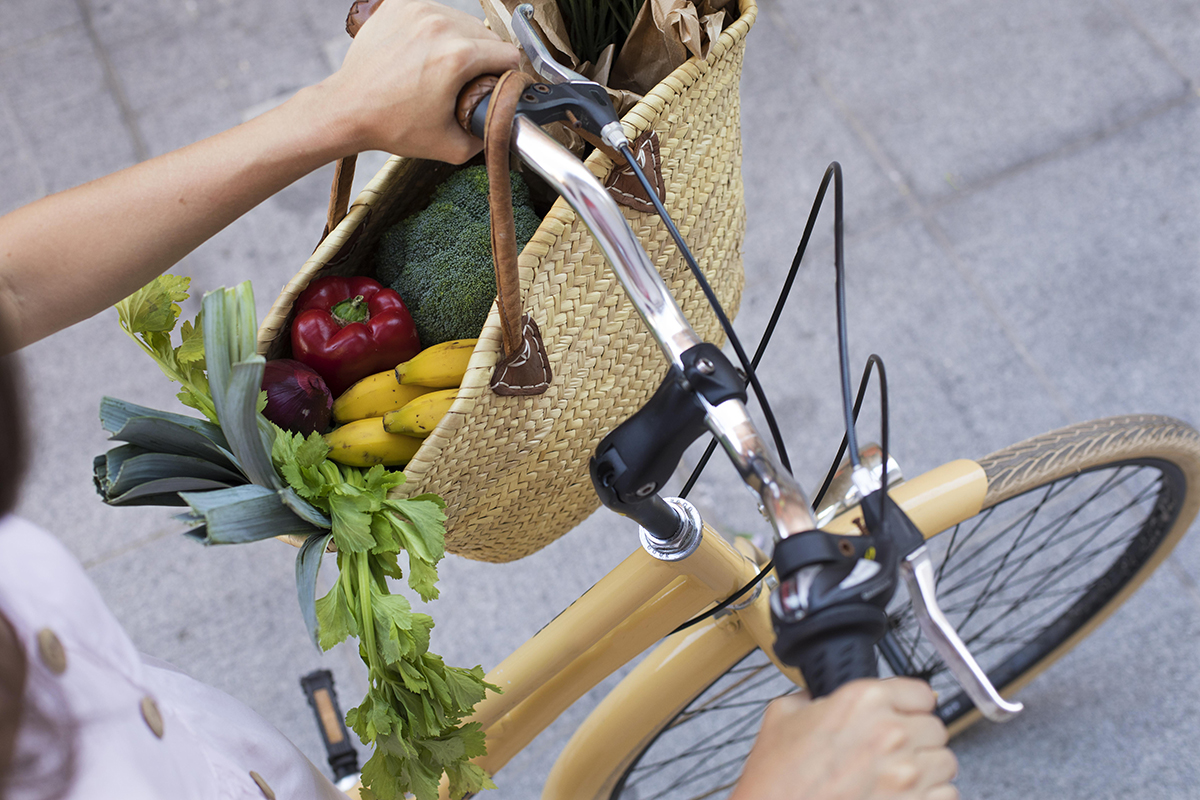10 Innovative ways to reinvent your leftovers

What’s not to appreciate about leftovers? They’re a favorite for many, except perhaps when consumed for the first time—before they become leftovers.
How often have you gazed into the refrigerator, only to spot a container tucked away in the back, forgotten and overlooked for quite some time?
For various reasons—be they environmental, social, or financial—it makes sense for us to become more astute about fully utilizing the food we purchase. This includes getting smarter about leftovers.
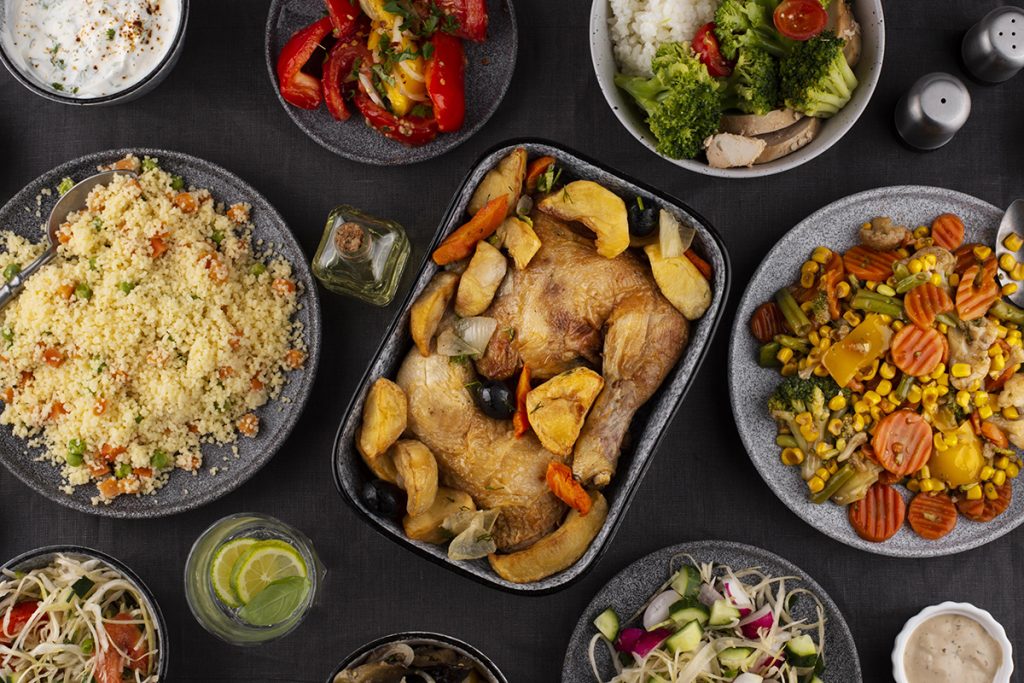
10 tips for making the most of your leftovers
01. Create leftovers intentionally
When planning meals, consider what the extras can transform into. This is a genuine time and budget saver. Preparing double the vegetables needed for tonight’s dinner, for example, provides the foundation for a soup or pasta dish later in the week. Anticipate using leftover roast chicken for sandwiches or cooking extra rice and freezing it for future use.
02. Store leftovers wisely
Opt for reusable and sustainable glass storage containers—they not only allow you to see what’s inside but also help prevent losing track of leftovers. For freezing, use washable and reusable zip-top gallon bags, labeling and dating the contents with a piece of tape.
03. Designate a leftovers night
If your fridge or freezer is overflowing with leftover food, commit to ‘eating down the fridge’ one night a week.
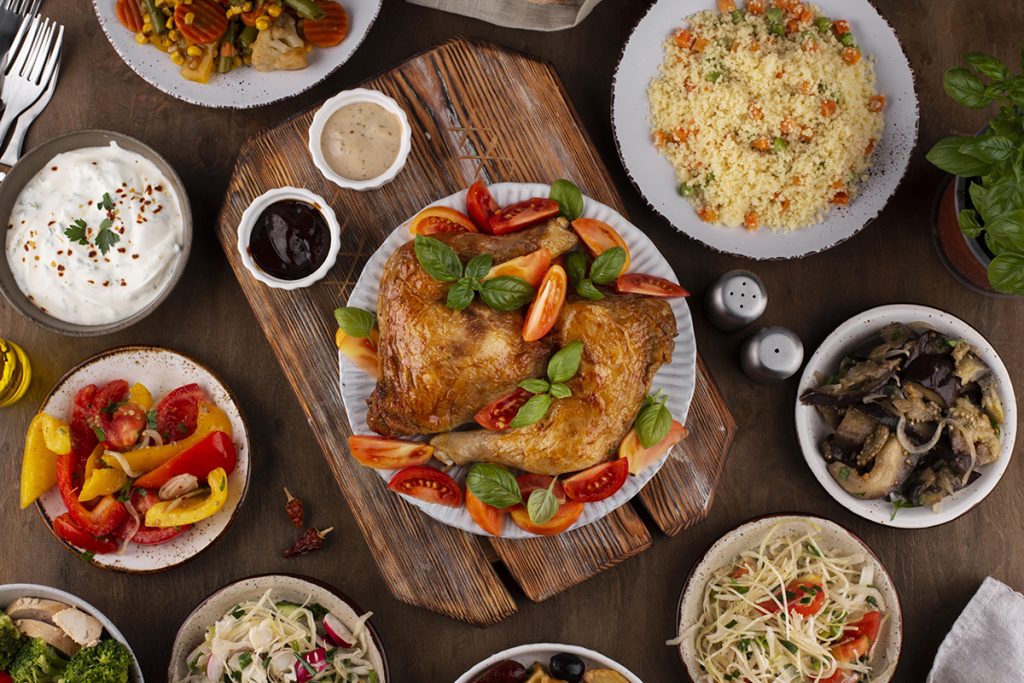
04. Transform dinner into lunch
Save a lunch-sized portion of dinner in a container and pack it for the next day. With a bit of planning, you can effortlessly create a week’s worth of healthy take-to-work lunches.
05. Think ingredients, not leftovers
Convert extra pasta or cooked vegetables into a frittata, blend cooked vegetables with canned tomatoes for a veggie-packed pasta sauce, or create burritos with leftover rice, meat, and vegetables topped with sour cream and salsa.
06. Make soup
Use steamed, roasted, or grilled vegetables from a side dish to create soup. Puree the vegetables with broth in a blender, warm the soup, season to taste, and finish with pesto, olive oil, or croutons.
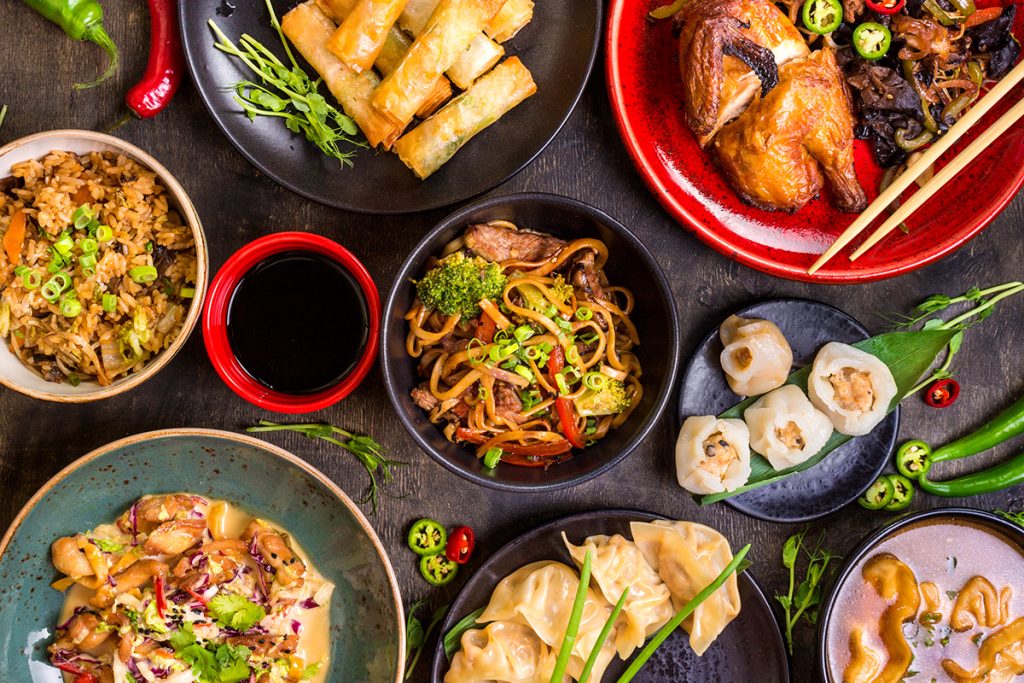
07. Revive stale bread
If bakery bread loses freshness, halve it crosswise, drizzle with olive oil, rub with a halved ripe tomato, season with salt and pepper, wrap in foil, and bake until warm.
08. Save vegetable scraps
Instead of composting, store vegetable scraps for stock. Keep a zip-top bag in the freezer and add trimmings like carrot tops, onion ends, herb stems, and more. When full, defrost, simmer, strain, and you’ll have homemade veggie stock.
09. Create ‘kitchen sink’ meals
Toss extra cooked vegetables, bits of cheese, or grilled/roasted meats with lettuce and your favorite dressing for a quick and versatile meal.
10. Portion and store
Divide large-sized food products into portions your family can use in a day. Separate slices of bread, tortillas, or pita with waxed paper and freeze. Similarly, divide bulk meat purchases into portions and freeze for future use.
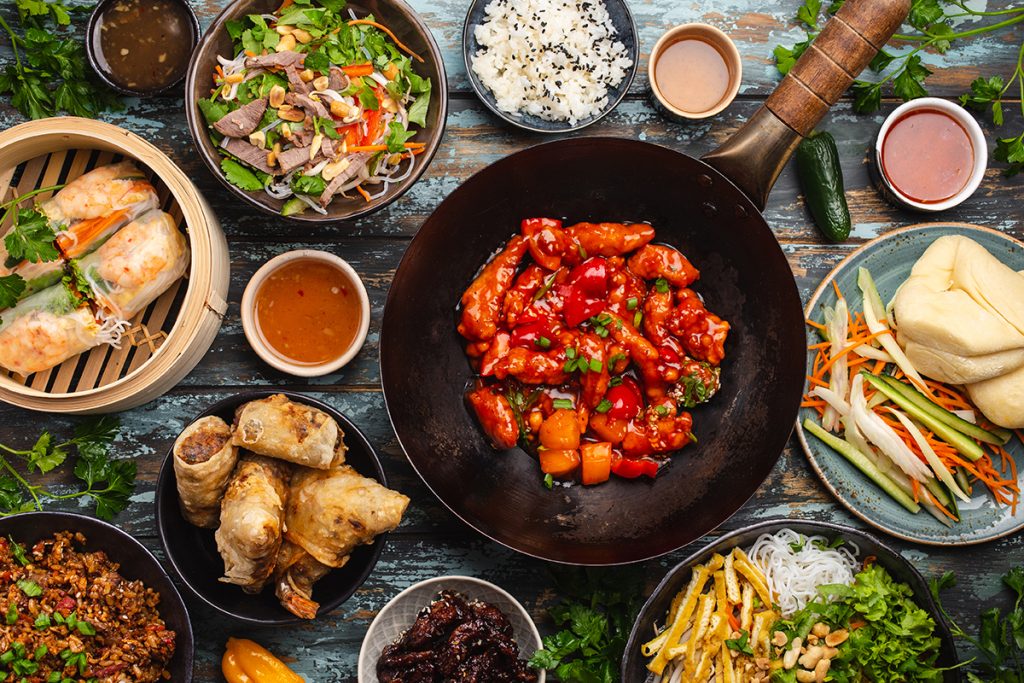
Tips for keeping your leftovers safe
Here are some additional guidelines for ensuring the safety of your leftovers.
Whether your leftovers originate from your home kitchen or your favorite restaurant, it’s crucial to store them promptly and correctly to maintain their safety. To prevent bacterial growth, place leftover cooked foods in clean, covered containers and refrigerate them within two hours.
Break down large amounts of leftovers into smaller servings before storing them. Cut significant portions of cooked meat or whole poultry into smaller pieces, and divide liquids like soups or stews into smaller portions. This practice allows the smaller pieces or portions to cool more rapidly.
Lastly, for take-out meals and doggie bags: refrigerate them within two hours to uphold their freshness and safety.
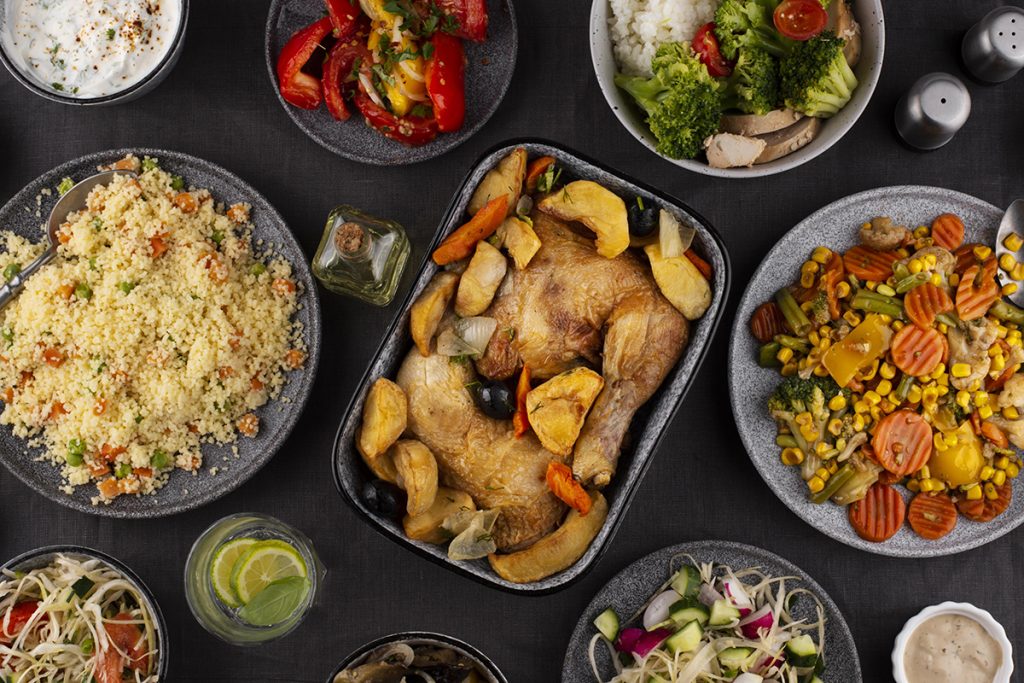
Tips for keeping your leftovers safe
Here are some additional guidelines for ensuring the safety of your leftovers.
Whether your leftovers originate from your home kitchen or your favorite restaurant, it’s crucial to store them promptly and correctly to maintain their safety.
To prevent bacterial growth, place leftover cooked foods in clean, covered containers and refrigerate them within two hours.
Break down large amounts of leftovers into smaller servings before storing them. Cut significant portions of cooked meat or whole poultry into smaller pieces, and divide liquids like soups or stews into smaller portions. This practice allows the smaller pieces or portions to cool more rapidly.
Lastly, for take-out meals and doggie bags: refrigerate them within two hours to uphold their freshness and safety.

10 Innovative ways to reinvent your leftovers conclusion
Whether dining at home or in a restaurant, make a conscious effort to avoid discarding leftover food in the trash or compost bin. Regardless of the quantity, every bit is worth saving, especially when considering your hard-earned money and the resources involved.
When dining out, request a to-go box, or even better, bring your own container. Just be sure not to leave it behind on the table when you depart. After enjoying a home-cooked meal, promptly pack up the leftovers once everyone has had their fill. Take the extra step of labeling them and storing them in a noticeable section of the fridge to prevent forgetfulness.



















